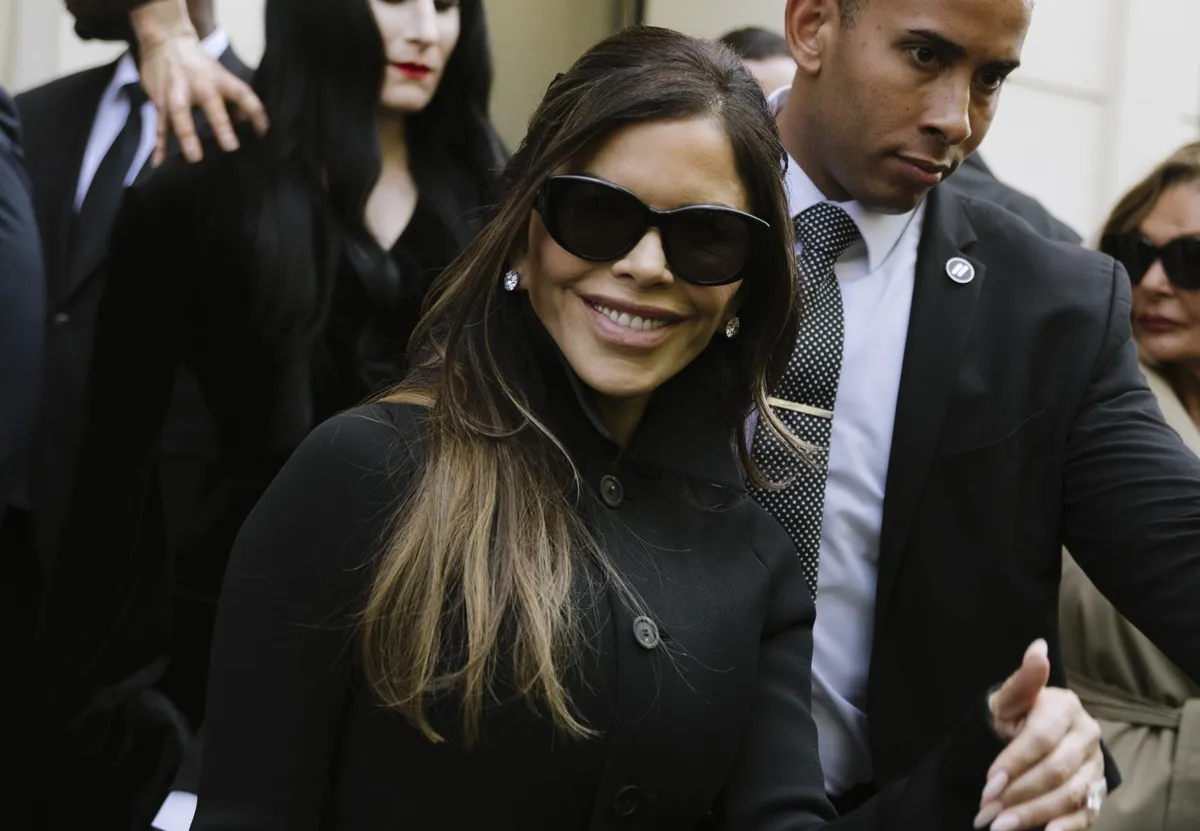Martina McBride’s Song ‘Independence Day’ Isn’t About the 4th of July
Country music artist Martina McBride’s song Independence Day released in 1994 on the surface seemed to be a patriotic tune. The chorus “let freedom ring” was taken to mean that it was an American Fourth of July anthem. However, there was a deeper meaning to the song.

The actual meaning of the song had nothing to do with patriotism. The misinterpretation of the song led to Sean Hannity using the tune for his radio show for several years. Sarah Palin chose the song as her introductory song. Clearly, neither Palin nor Hannity understood the underlying meaning of the song.
Inspiration for the song
Independence Day was a song about domestic violence. Written by Gretchen Peters, the song took a long time to write, a year and a half. Peters saw herself in the little girl in the song who is the storyteller.
Peters said that the ending was scary for her because she was unsure how it would be received by audiences. She toyed with other endings to the story, but this was the only one that made sense.
The song is loosely based on the story of Francine Hughes, a woman who murdered her husband by setting the bed on fire. She had been beaten and raped several times by the man. She was later found not guilty by reason of insanity in what would later come to be known as battered woman syndrome.
Fans respond to the song
It was difficult at first to get stations to play the song due to the controversial content. McBride had to call the stations and argue that her song deserved airtime, stating that domestic violence was topical and that news stations air stories of domestic abuse without hesitation.
The song still struggled to find traction on the airways. It wasn’t strictly banned, but the song didn’t receive the airplay it should have gotten.
However, the chorus may have been what kept the song afloat. Certain crowds took the literal meaning of the song as a patriotic Fourth of July song, many only fixating on the chorus “let freedom ring.” The song has often been met with flag-waving and line dancing on a flatbed truck, as one of Peters’ friends retold the story of her own rural town’s Fourth of July parade.
Peters was especially incensed at the idea of Palin using her song as a walk-on song and took the royalties she earned from the 2008 campaign and made a contribution to Planned Parenthood in Sarah Palin’s name.
Domestic abuse survivors show appreciation
Despite the frustration that both Peter and McBride must have surely felt like the message of this deep and poignant song was buried beneath patriotic rhetoric, they soon learned that many women who had suffered domestic abuse indeed understood and were inspired by the song.
In an interview with Rolling Stone, McBride says:
“I started getting all these letters — handwritten letters, back in the day — from women saying, ‘This is my song,'” McBride says now. “I got a few letters that said, ‘I heard this song on the radio, I’ve been battered for 10 years, and I left. This was the thing that made me realize that it’s not my fault, that I need to make a change.'”
The song has withstood the test of time. Thanks in some small part to some unethical and misunderstood use of the song, but it still speaks to victims of domestic violence in a way that only a song could. Music is universal, and it moves people the same way from all walks of life and lifts people up to overcome seemingly impossible odds.
Thanks are due to these two courageous women who stood up and helped the world understand and see domestic abuse and how it affects everyone.
How to get help: In the U.S., call the National Domestic Violence Hotline at 1-800-799-7233 or text START to 88788.


